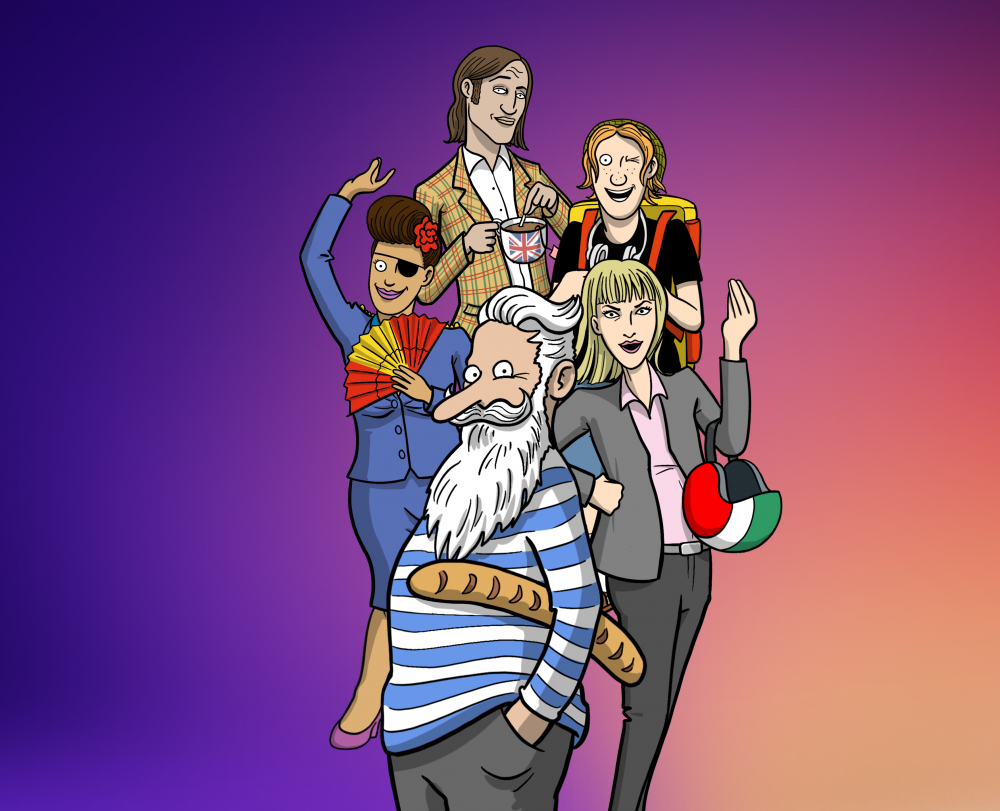The past historic of regular verbs ending in -ere: the two forms
Reminder: the past historic tense is generally used to refer to actions that began and ended in the very distant past.
Nel 1996 viaggiai negli Stati Uniti.
I traveled to the United States in 1996.
Marco finì l’università venti anni fa.
Marco finished university twenty years ago.
The io (I), lui/lei (he/she) and loro (they) forms of many regular verbs that end in -ere can be formed in two different ways.
Tu ricevesti
Lui/lei ricevette/ricevé
Noi ricevemmo
Voi riceveste
Loro ricevettero/riceverono
Tu credesti
Lui/lei credette/credé
Noi credemmo
Voi credeste
Loro credettero/crederono
Tu dovesti
Lui/lei dové/dovette
Noi dovemmo
Voi doveste
Loro doverono/dovettero
In addition to these three verbs, the most commonly used verbs that can be formed in two different ways for io (I), lui/lei (he/she) and loro (they) are temere (to fear), vendere (to sell), resistere (to resist), esistere (to exist) and consistere (to consist).
Note: the first form (-etti, -ette, -ettero) is the most common, while the second (-ei, -é, -erono) is slightly less frequently used in spoken language and more common in literature.
Still facing difficulties with 'The past historic of regular verbs ending in -ere: the two forms'? Enhance your grammar and learn Italian through our online Italian lessons.
Start with a free test and improve today!
What our users say:
Improve your Italian further and test Saga Baldoria, online Italian course.

